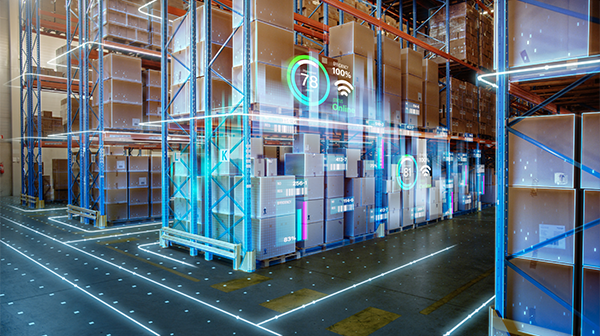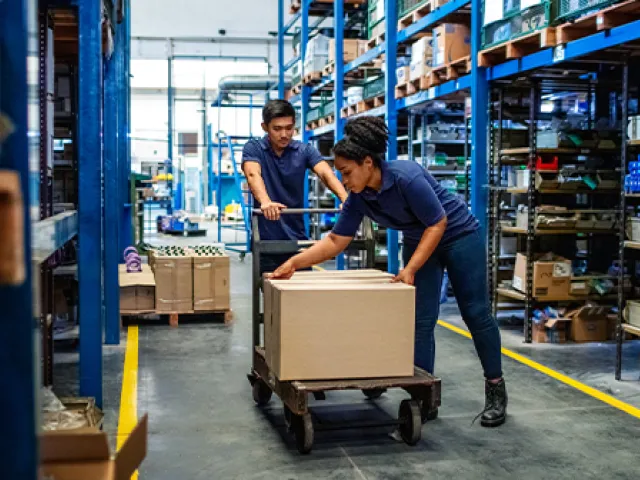Table of contents

Manual data entry, siloed systems, and rigid architectures continue to slow down digital progress in life sciences. But with the right data infrastructure and mindset, companies can build supply chains that are agile, collaborative, and ready for what’s next.
Sam Thompson, Business Intelligence Manager at Summit SD, shares how his team approaches goal setting, integration strategy, and future-proofing IT systems. As a wholesale distributor and TraceLink customer using the platform for DSCSA compliance, Summit SD understands the importance of interoperability and accuracy across its digital ecosystem. Thompson also discusses the potential of TraceLink’s canonical data model to simplify collaboration with partners and create a more unified approach to data exchange—helping lay the groundwork for scalable, long-term digital success.
Key Takeaways:
- End-to-end integration improves data reliability and eliminates the risks of manual handoffs.
- TraceLink’s canonical data model offers a standard framework to simplify cross-enterprise collaboration.
- Future-proofing requires system agility, continuous improvement, and thoughtful integration of technologies like AI.
Watch the full interview to learn how Summit SD is shaping a smarter, more adaptive supply chain infrastructure.
Video Highlights:
00:33 - Can you tell us a little bit about Summit SD and your role there?
00:48 - What's your approach to setting goals for technology projects?
01:34 - How does end-to-end integration improve data reliability and visibility?
02:34 - How does TraceLink's canonical data model simplify collaboration with your partners?
03:10 - What's the key to building future-proof IT systems?





